My Pergola Drips Sap, Is This Normal?
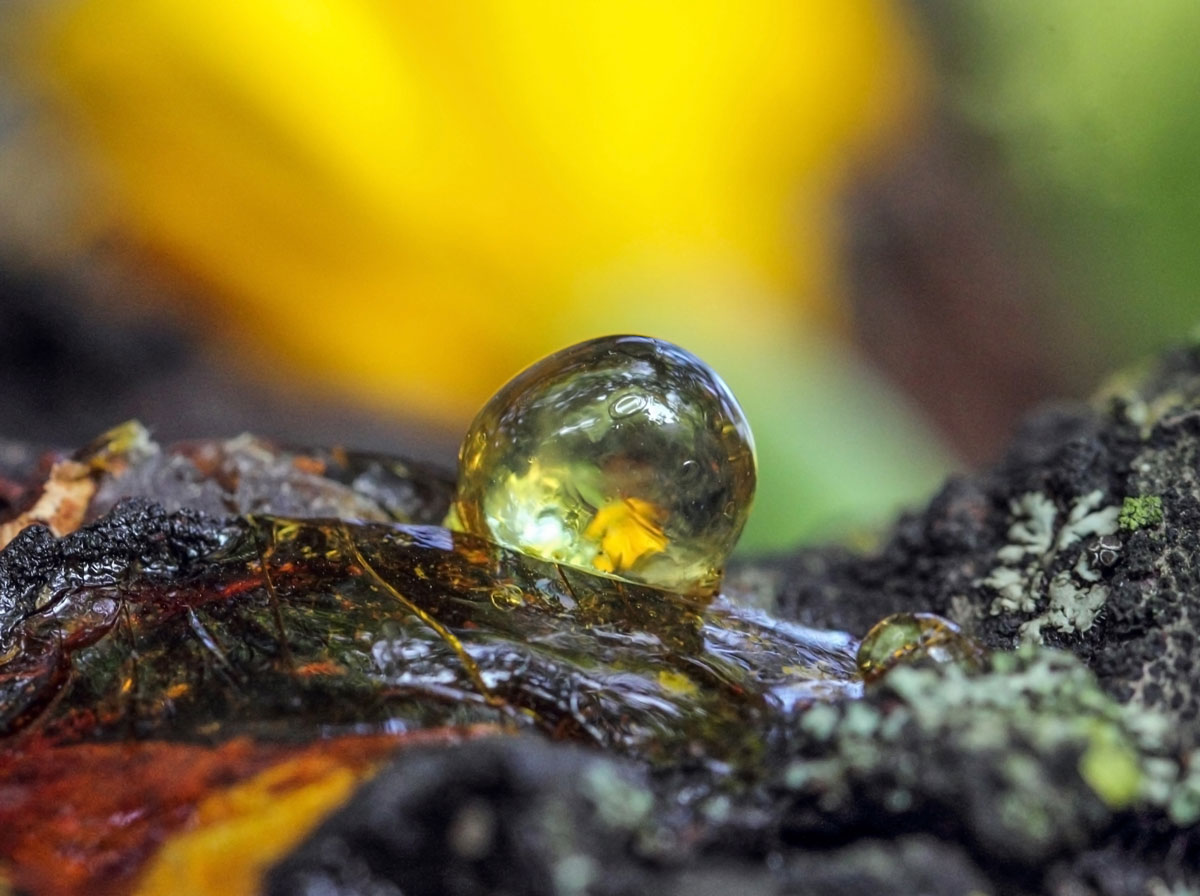
Tree sap, xylem sap, phloem sap, pitch, gum, milk, juice, glue, latex, amber, rosin, resin, etc., are some of the many words used to describe the properties resulting from the process of resin exudation.
First, in understanding the normal, let's take a quick look at sap.
When a tree is marred or injured it oozes resin.
The resin is filled with antibacterial properties, anti-inflammatories and a stickiness that helps to close the cut and prevent a tree from becoming infected. Resins are healing for people as well and have been used throughout history to heal cuts, skin abrasions and bruises. You can also create curative forest balsams, tinctures, oils, and aromatic incense and perfumes from resins.


The primary source of timber used in ShadeScape™ shelters is the Douglas fir tree; which is prized for its physiological and medicinal benefits. Douglas fir sap mixed with beeswax for application is an Early American remedy said to open breathing passages, reduce irritating dry coughs, calm the mind, increase mental focus, and so much more.

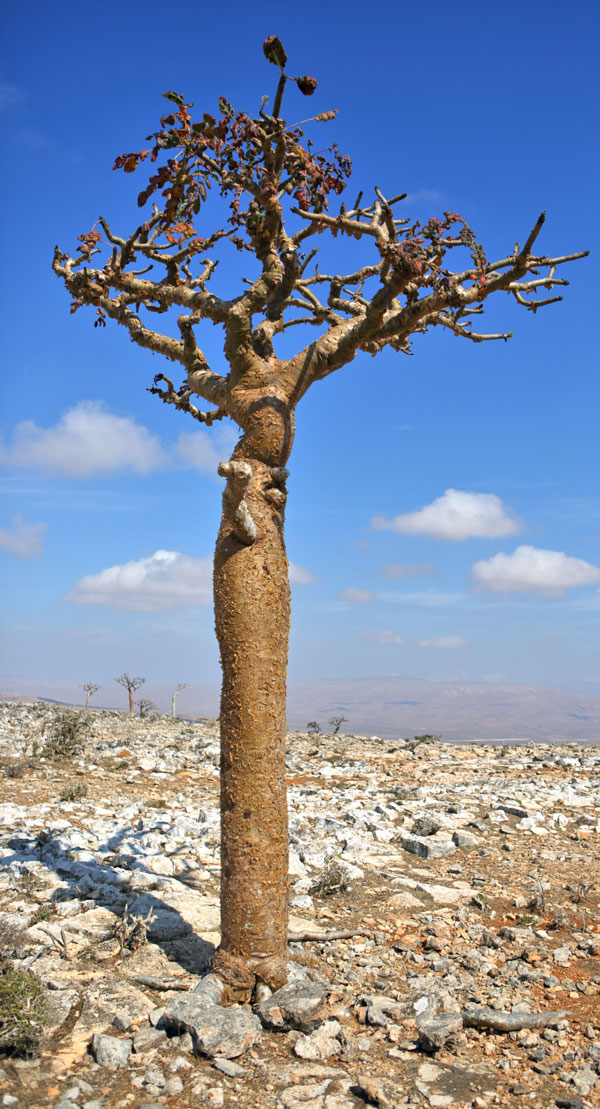
Frankincense Tree
Douglas fir resin can even be considered exotic. The gelatinous gems of Douglas fir contain a wealth of rejuvenating properties found only in frankincense and myrrh gums. These substances are chronicled as encapsulating the essence of happiness.
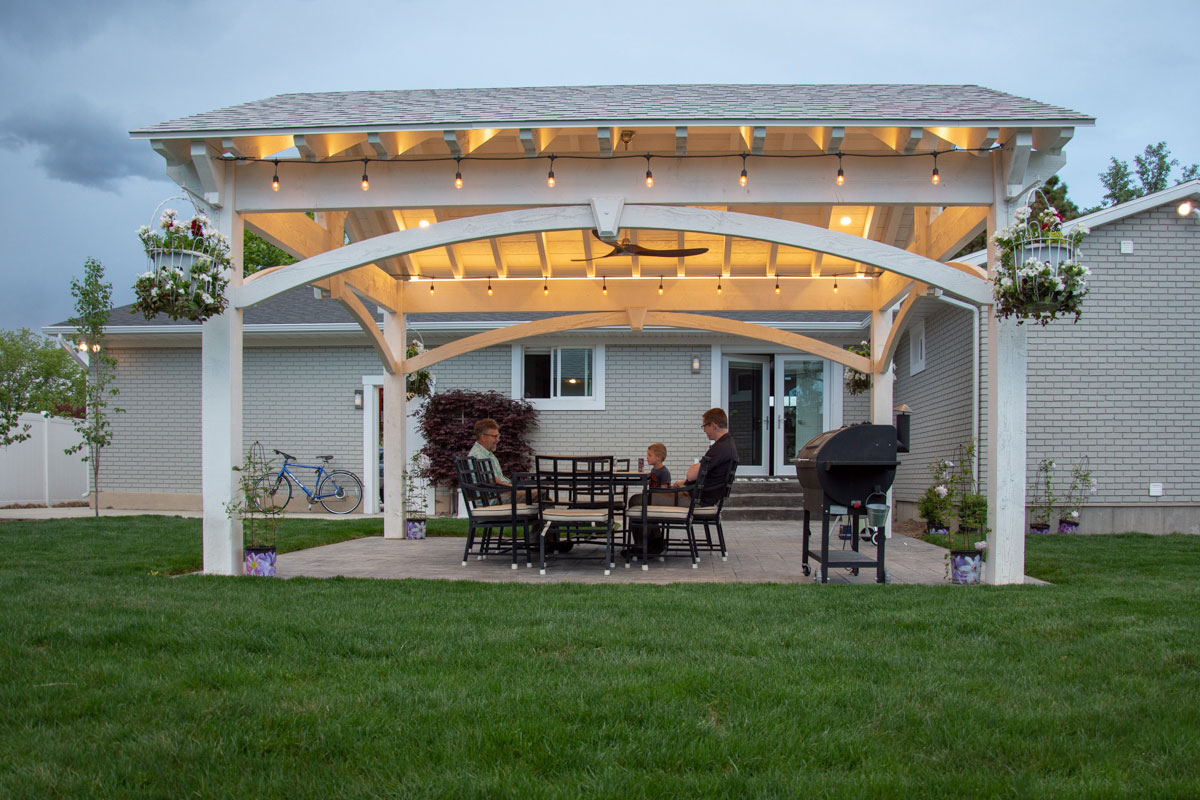
So, ... "What about this essence of happiness on my arbor, pavilion, pergola, ramada, or gazebo?"
Wood is a natural biological material and yes sap is perfectly natural and the expected normal.
To understand sap and give an exact time frame for timber to acclimatize, would require a knowledge beyond the chemistry of wood, its anatomical structure and the chemical nature of polysaccharides, lignin, and extractives. These macroscopic properties will not only vary from one species to another but it will also differ within the same species. This is because there are many factors that play into extractive bleeding; some of which are the growth rate of the tree, climatic factors, geographic origin, genetics, and vigor. Variations can even be expected in board cuts of the same tree. Another determinant of the amount of resin exudation of timber is whether the wood is softwood, hardwood, earlywood, latewood, sapwood or heartwood. Heartwood carries the least amount of sap.
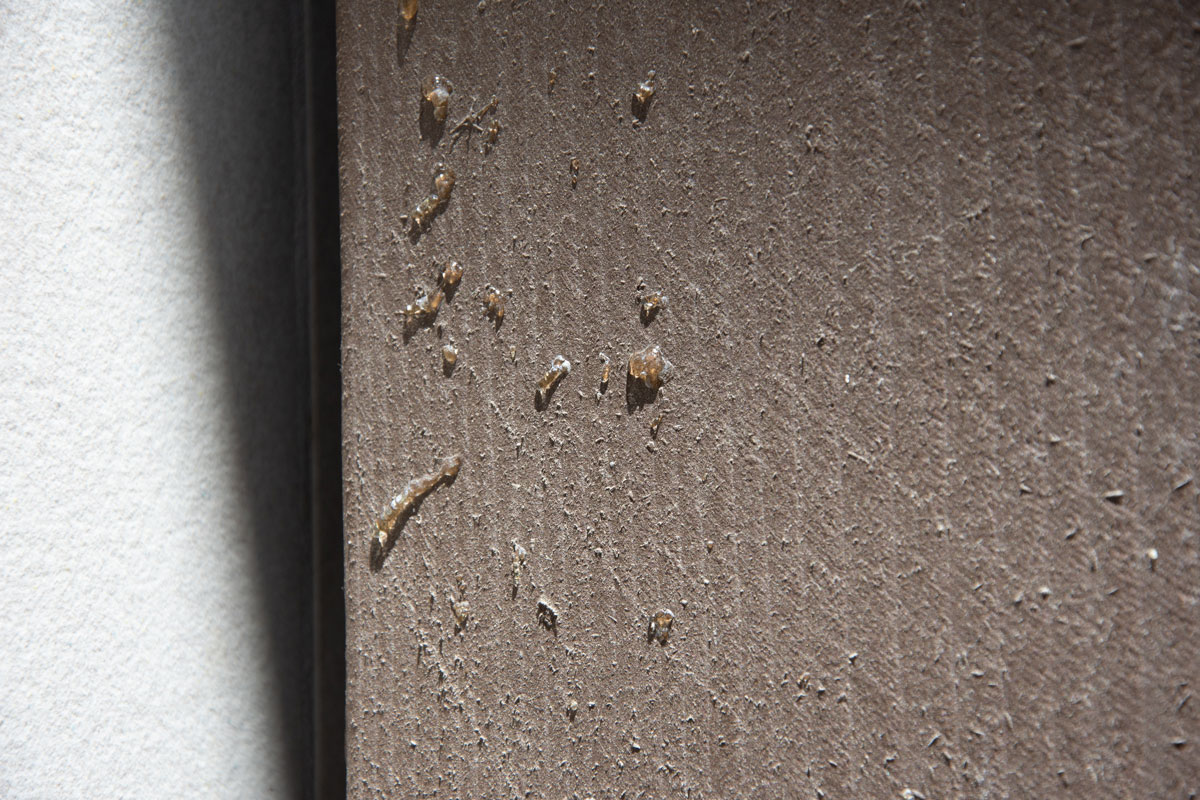
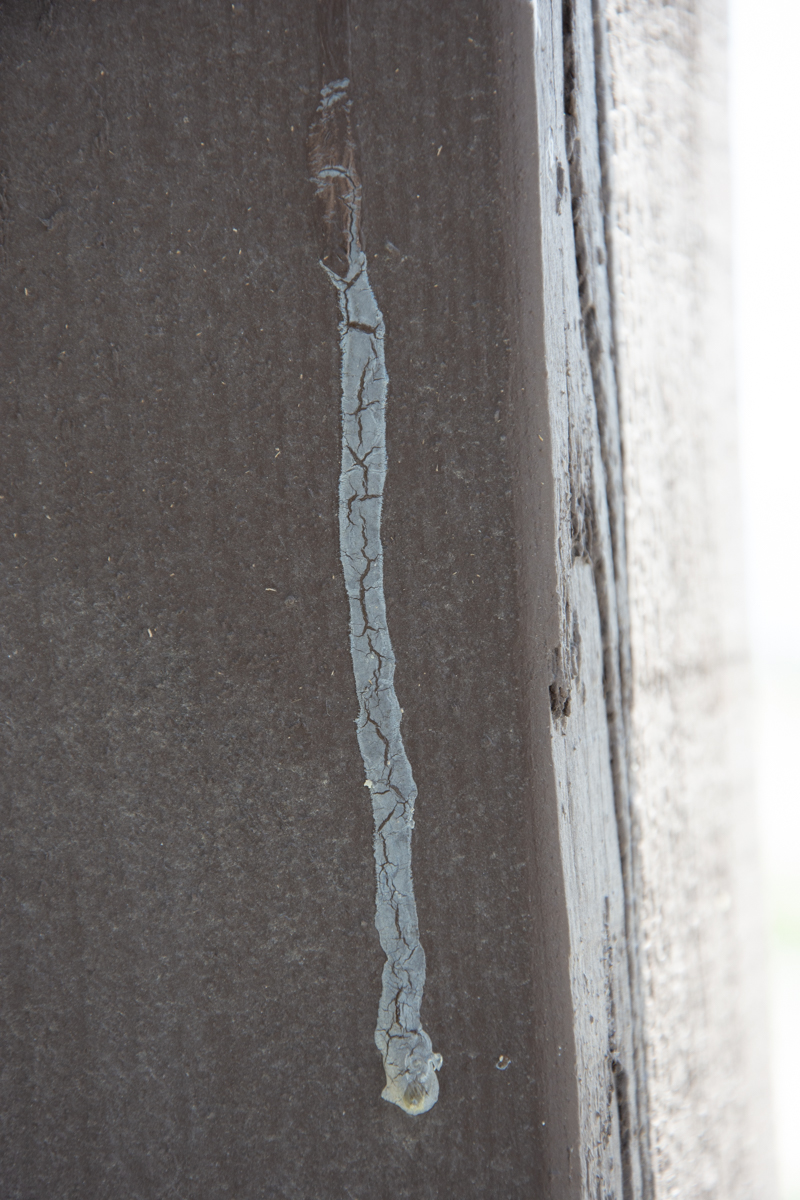
Western Timber Frame™ uses only #1 Appearance Grade A Douglas Fir and Western Red Cedar, the heartwood, sourced directly from the mills.
Douglas fir and Western Red Cedar are both classed as a gymnosperm or "softwood". Softwoods will naturally excrete more sap than hardwoods do until it has acclimatized. The terms "hardwood" and "softwood" do not have anything to do with the how physically hard a wood really is. A tree that grows from a seed, usually carried in a cone, opening up to uncover its seeds when ripened, is a gymnosperm meaning "naked seed" plant.
Douglas fir has a strength to weight ratio that has an unparalleled for its modulus of elasticity, shear, compression, tension laterally to grain and other characteristics that give it greater strength. Douglas fir is the premium choice for sound architectural commercial and residential building in the United States. Western Red Cedar is a little lighter weight than Douglas-fir. Historically, people native to the Pacific coast prized Western Red Cedar for its enduring qualities using its wood and bark for most of their building needs. Evidence of Western Red Cedar’s durability are seen in many cedar artifacts that are still in good condition today.
In summary, it is really quite simple. The temperatures, for example, that are required to set Douglas-fir or Western Red Cedar pitch in the drying process are not to dry the sap particularly, but to crystallize it. The conduction of heat in wood is directly related to its density. Changes in geography, heat transfer, can cause the sap to excrete for a few weeks, and in some fewer cases, even a few months, until it has climatized, or rather the sap has crystallized.
As a side Note: There have been cases of large timbers, some well over 300 years old, moved from one geolocation to another and still had sap bubble up through the surface until it habituated to the new environment.
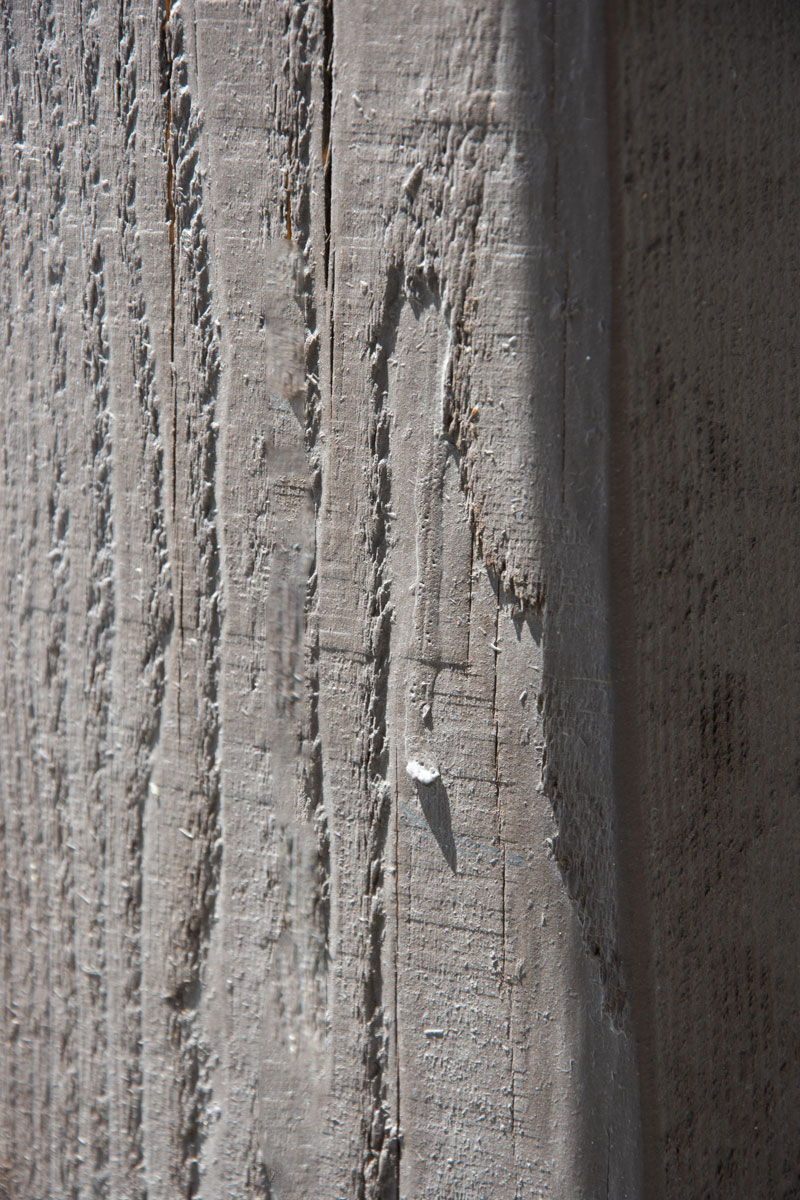
It may be surprising but ...
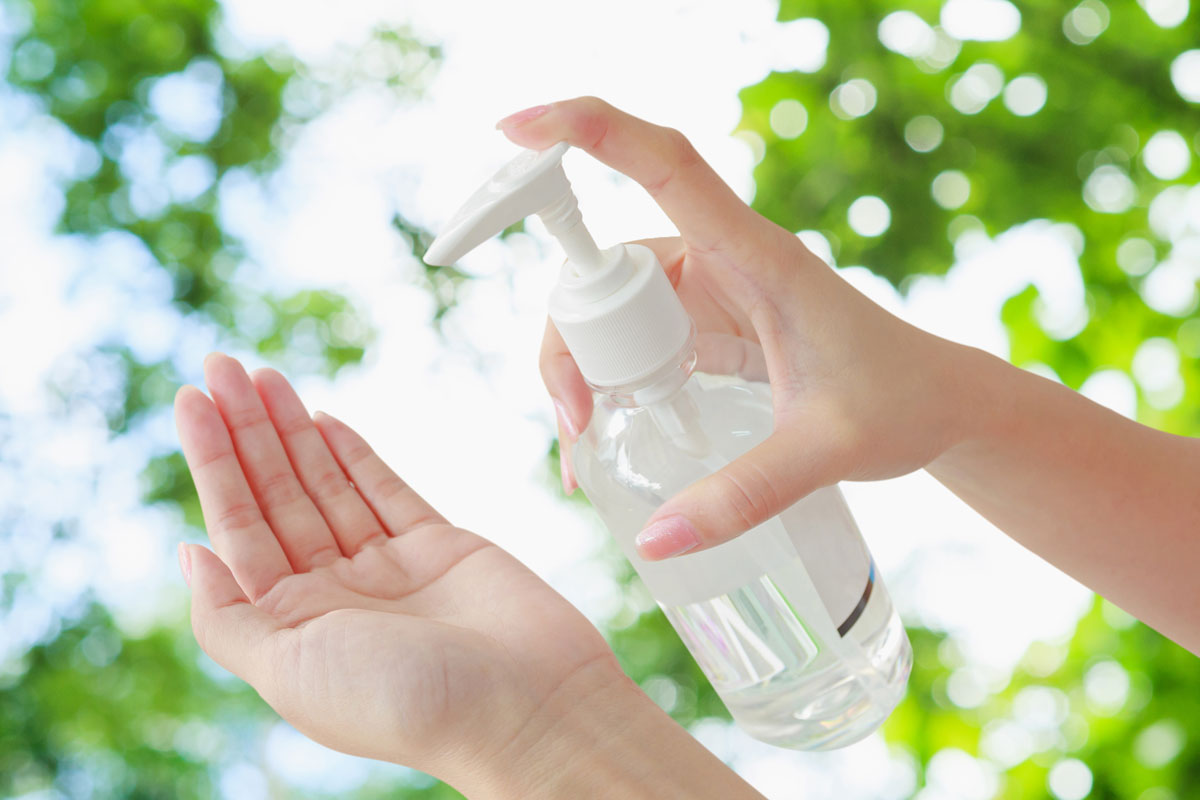
...depending on how germaphobic you are, you may just be carrying sap remover around with you. Hand sanitizer will remove sap. Isopropyl rubbing alcohol breaks down resins.
For hardened sap removal, you can take a chisel and gently chip away the large droplets until it begins to pop off. Wet a section of a rag with the solvent and dap over the residue until the sap softens. You can take a nylon brush with a little soap and water and rinse again, then allow to air dry.
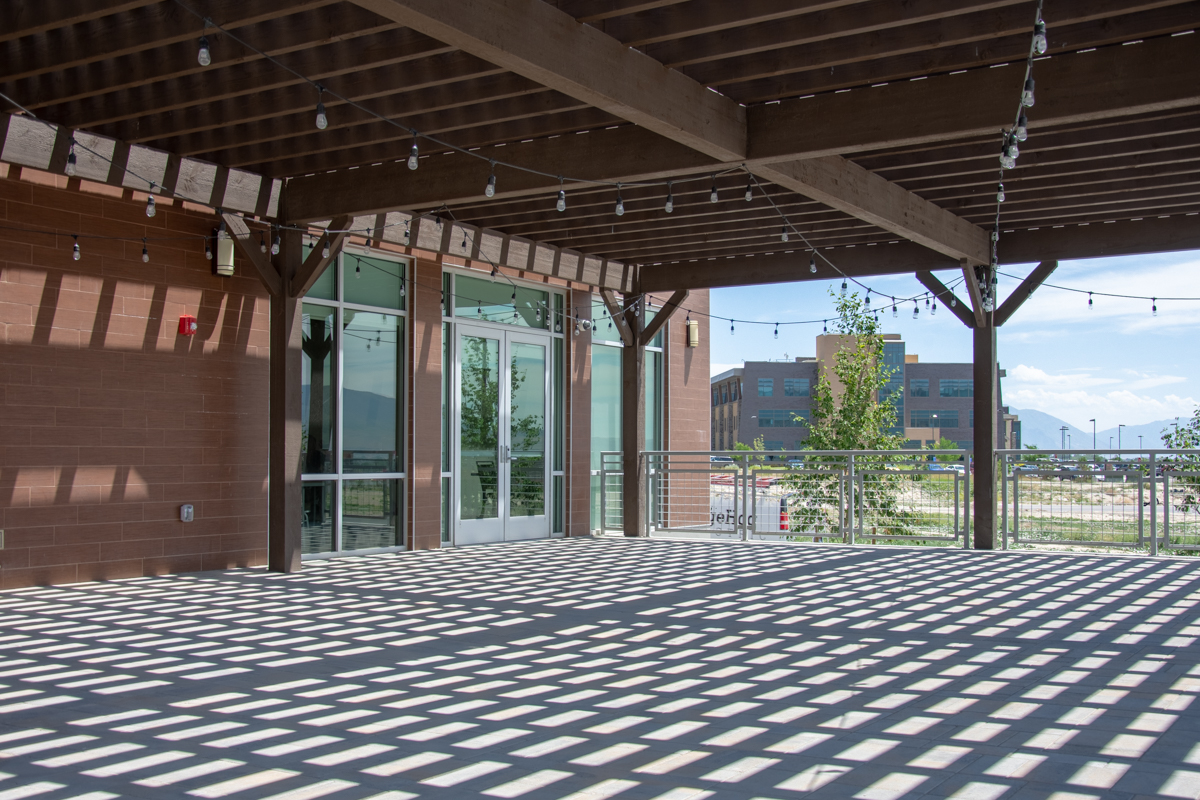
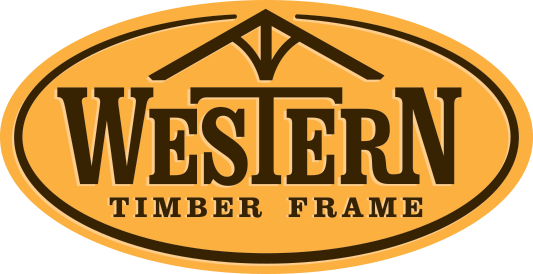


Leave a Comment